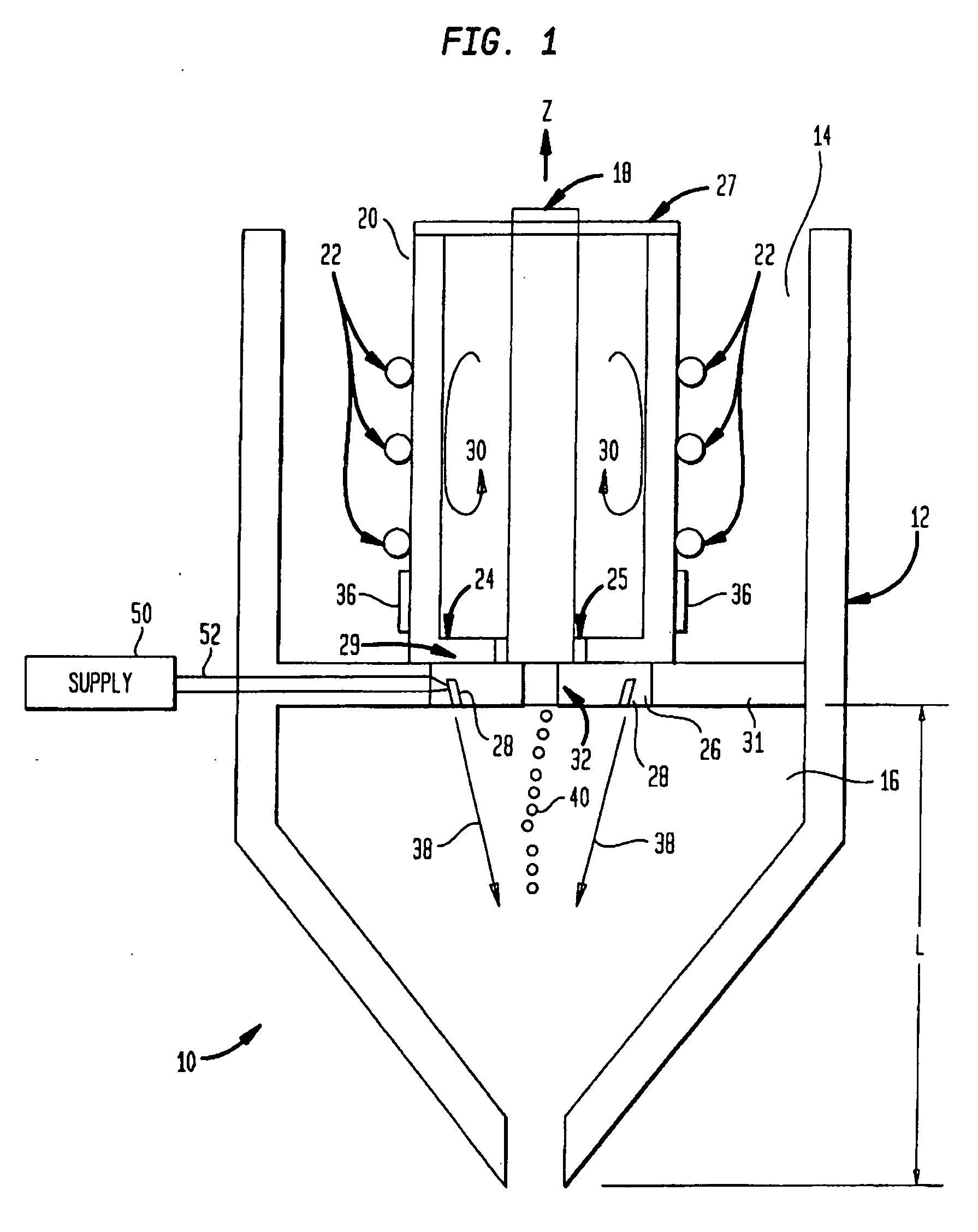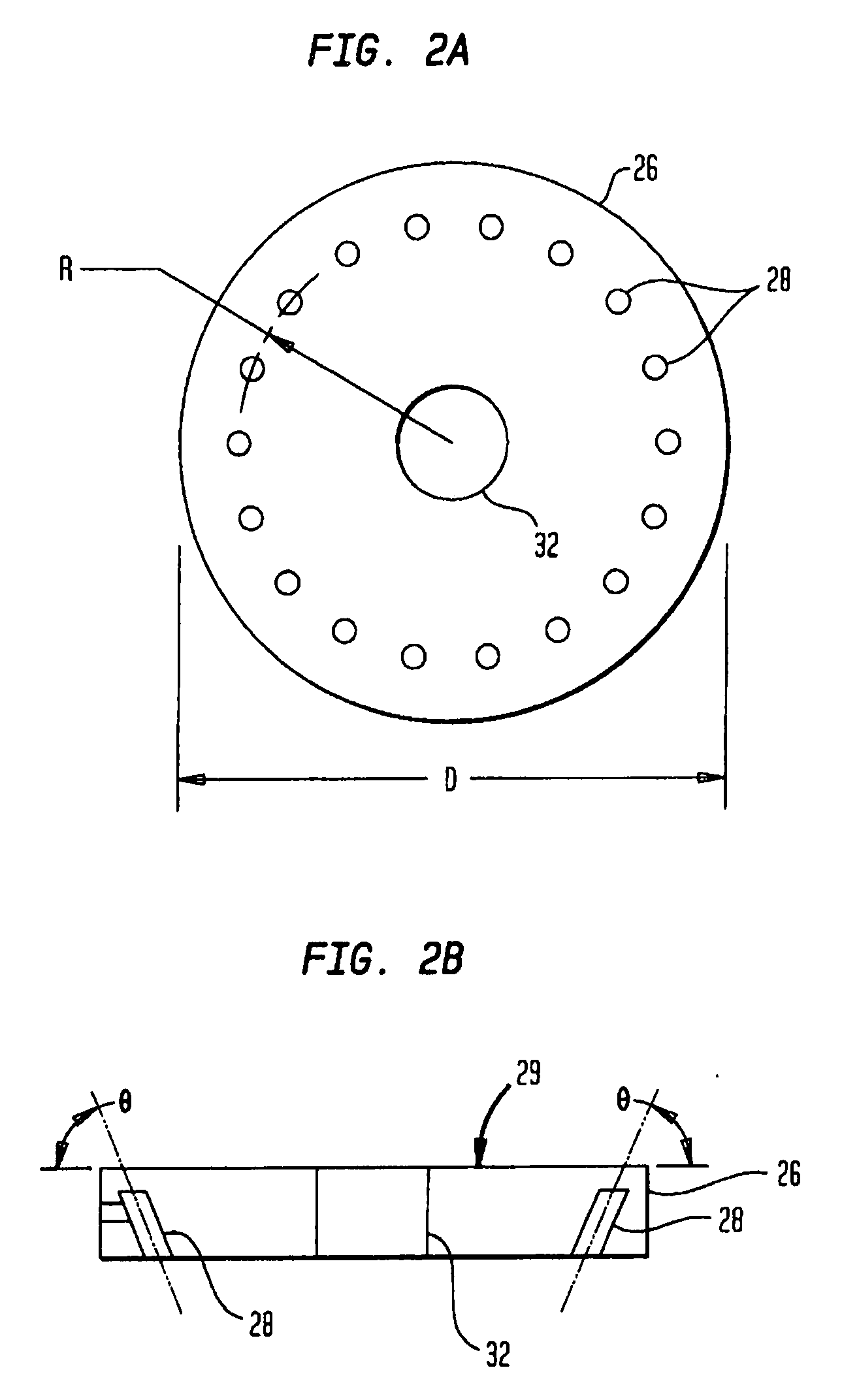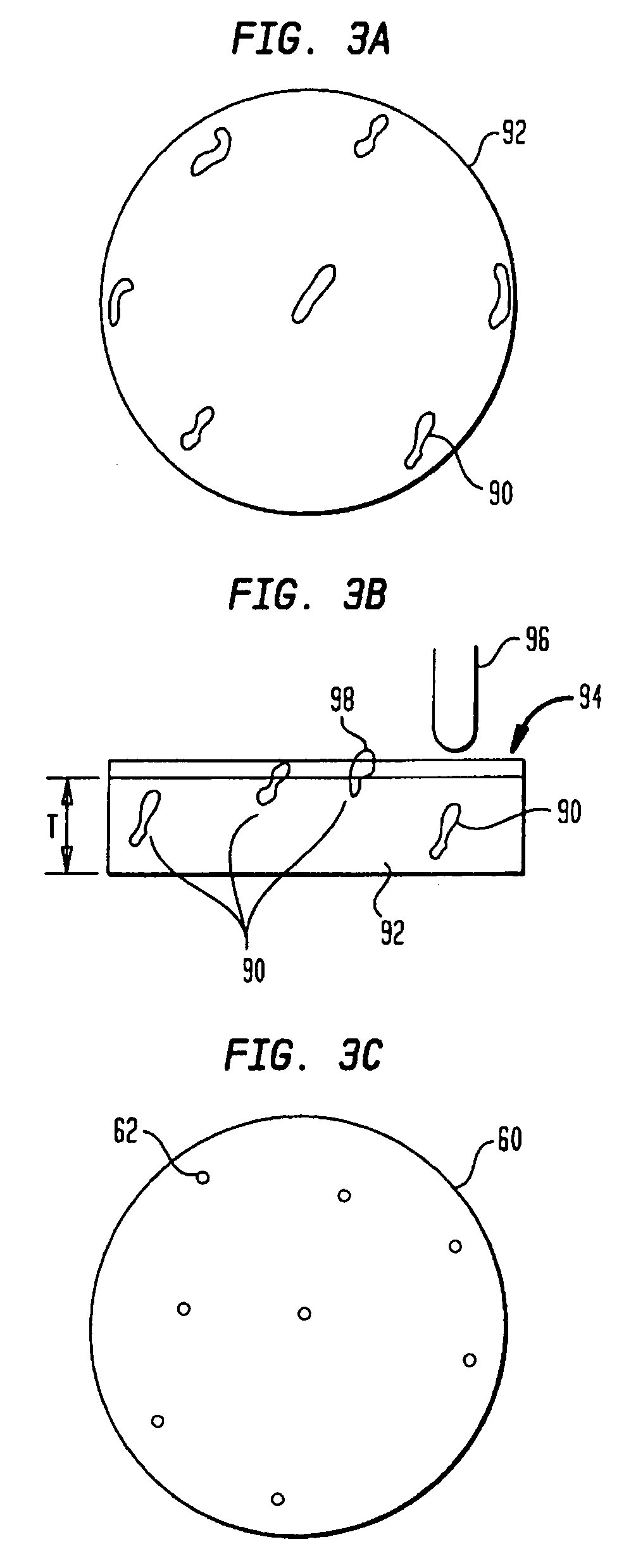Method for fabricating a medical component from a material having a high carbide phase and such medical component
a technology of high carbide phase and medical components, which is applied in the field of manufacturing medical components, can solve the problems and relatively high brittleness, and achieves the effects of reducing fatigue life, strength, corrosion resistance and toughness
- Summary
- Abstract
- Description
- Claims
- Application Information
AI Technical Summary
Benefits of technology
Problems solved by technology
Method used
Image
Examples
Embodiment Construction
[0019]A technique for fabricating or forming a medical component (such as a medical implant device) using a biocompatible material or alloy having a relatively high concentration of a carbon or carbide constituent will now be described. Initially, a description will be provided pertaining to a number of methods for producing a biocompatible material or alloy having a relatively high concentration of a carbon or carbide constituent. With regard thereto, U.S. patent application Ser. No. ______ filed ______, entitled “Method for Fabricating a Biocompatible Material having a High Carbide Phase and Such Material” with inventors Daniel E. Lawrynowicz, Aiguo Wang, and Zongtao Zhang, is hereby incorporated by reference.
[0020]As hereinafter more fully described, the carbide concentration or the amount of carbide may be 6.17 percent or higher of the total weight of the formed biocompatible material. In fact, such carbide content may have any value from 6.17 percent and up, such as 25%, 50%, 7...
PUM
| Property | Measurement | Unit |
|---|---|---|
| size | aaaaa | aaaaa |
| size | aaaaa | aaaaa |
| size | aaaaa | aaaaa |
Abstract
Description
Claims
Application Information
 Login to View More
Login to View More - R&D
- Intellectual Property
- Life Sciences
- Materials
- Tech Scout
- Unparalleled Data Quality
- Higher Quality Content
- 60% Fewer Hallucinations
Browse by: Latest US Patents, China's latest patents, Technical Efficacy Thesaurus, Application Domain, Technology Topic, Popular Technical Reports.
© 2025 PatSnap. All rights reserved.Legal|Privacy policy|Modern Slavery Act Transparency Statement|Sitemap|About US| Contact US: help@patsnap.com



